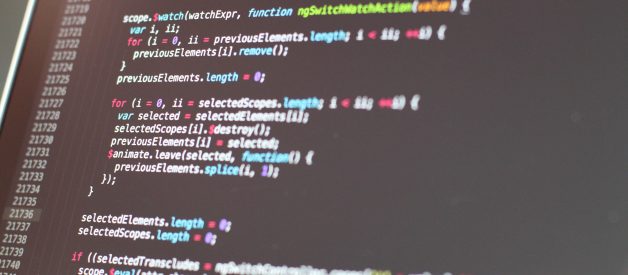A look at the syntax and usage of each function
 Photo by Taras Shypka on Unsplash
Photo by Taras Shypka on Unsplash
Today?s piece covers using lambda, map, and filter functions in Python. We?ll be covering the basic syntax of each and walking through some examples to familiarize yourself with using them. Let?s get started!
Lambda
A lambda operator or lambda function is used for creating small, one-time, anonymous function objects in Python.
Basic Syntax
lambda arguments : expression
A lambda operator can have any number of arguments but can have only one expression. It cannot contain any statements and returns a function object which can be assigned to any variable.
Example
Let?s look at a function in Python:
The above function?s name is add, it expects two arguments x and y and returns their sum.
Let?s see how we can convert the above function into a lambda function:
In lambda x, y: x + y; x and y are arguments to the function and x + y is the expression that gets executed and its values are returned as output.
lambda x, y: x + y returns a function object which can be assigned to any variable, in this case, the function object is assigned to the add variable.
If we check the type of add, it is a function.
More importantly, lambda functions are passed as parameters to functions that expect function object as parameters such as map, reduce, and filter functions.
Map
Basic Syntax
map(function_object, iterable1, iterable2,…)
map functions expect a function object and any number of iterables, such as list, dictionary, etc. It executes the function_object for each element in the sequence and returns a list of the elements modified by the function object.
Example
In the above example, map executes the multiply2 function for each element in the list, [1, 2, 3, 4], and returns [2, 4, 6, 8].
Let?s see how we can write the above code using map and lambda.
Just one line of code!
Iterating Over a Dictionary Using Map and Lambda
In the above example, each dict of dict_a will be passed as a parameter to the lambda function. The result of the lambda function expression for each dict will be given as output.
Multiple Iterables to the Map Function
We can pass multiple sequences to the map functions as shown below:
Here, each i^th element of list_a and list_b will be passed as an argument to the lambda function.
In Python3, the map function returns an iterator or map object which gets lazily evaluated, similar to how the zip function is evaluated. Lazy evaluation is explained in more detail in the zip function article.
We can?t access the elements of the map object with index nor we can use len() to find the length of the map object.
We can, however, force convert the map output, i.e. the map object, to list as shown below:
Filter
Basic Syntax
filter(function_object, iterable)
The filter function expects two arguments: function_object and an iterable. function_object returns a boolean value and is called for each element of the iterable. filter returns only those elements for which the function_object returns True.
Like the map function, the filter function also returns a list of elements. Unlike map, the filter function can only have one iterable as input.
Example
Even number using filter function:
Filter list of dicts:
Similar to map, the filter function in Python3 returns a filter object or the iterator which gets lazily evaluated. We cannot access the elements of the filter object with index, nor can we use len() to find the length of the filter object.
If you enjoyed this article, kindly spread the word. To get updates for my new stories, follow me on medium and twitter
Other articles
- Zip in Python
- decorators in Python
- Concatenating two lists in Python
- List comprehensions in Python


